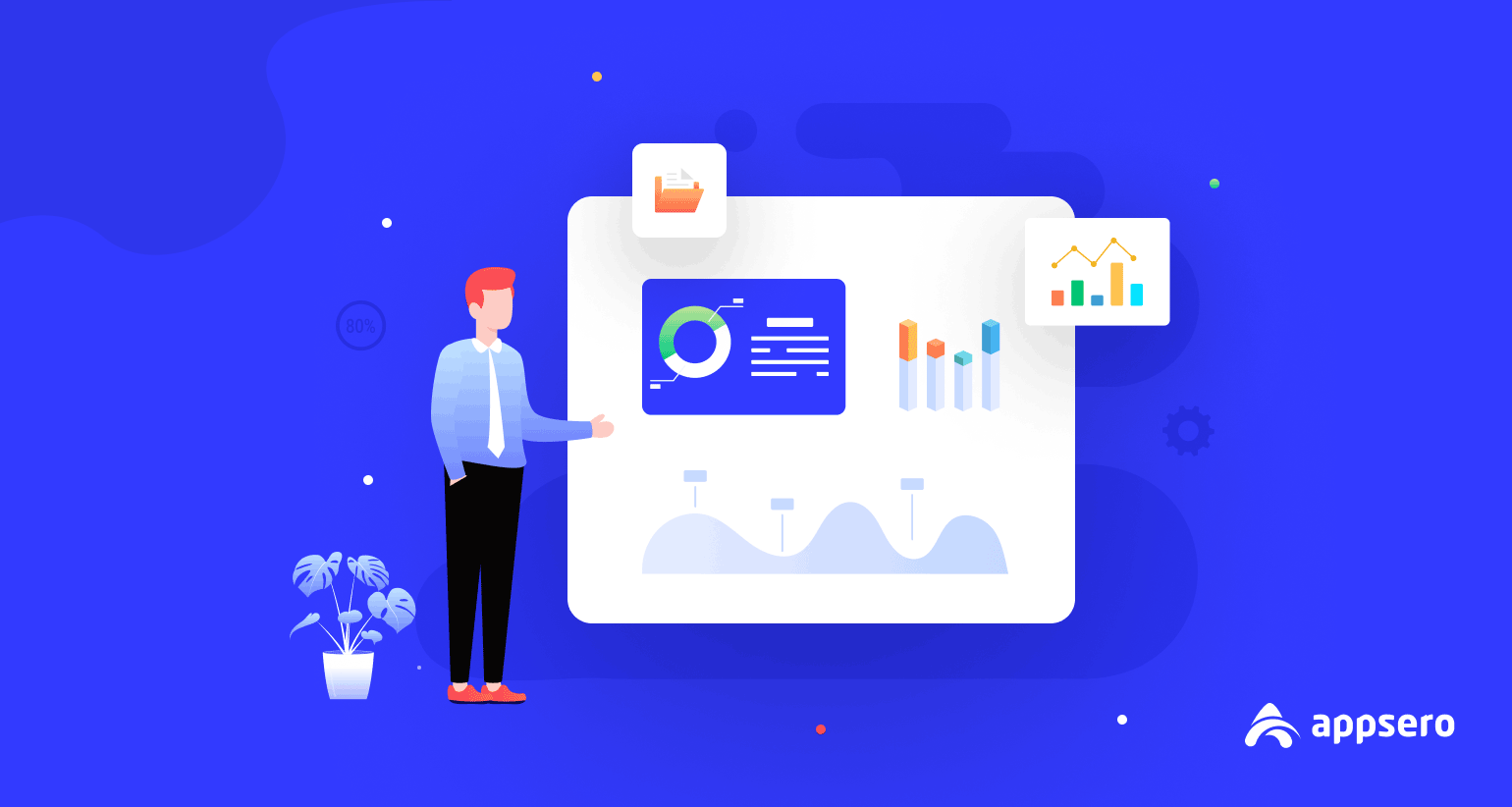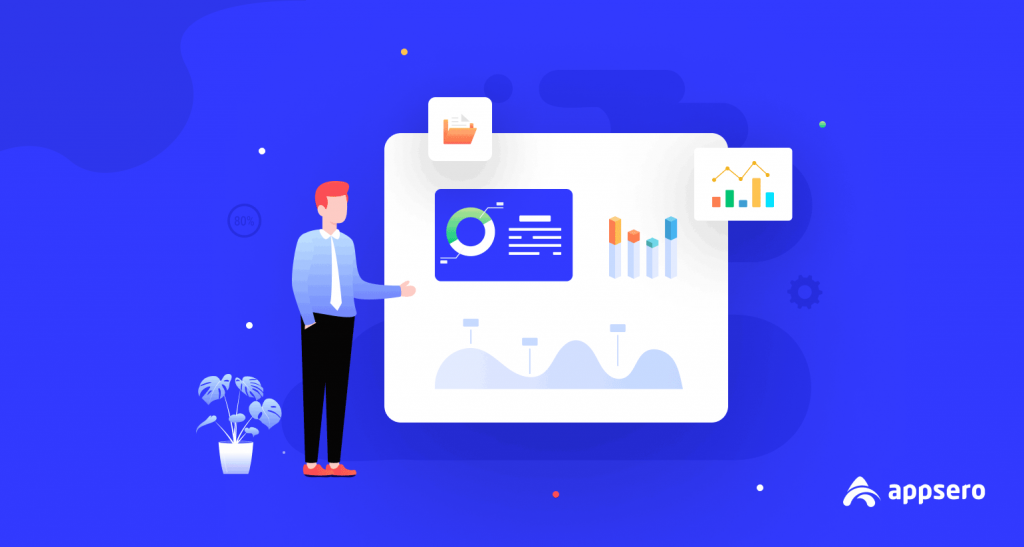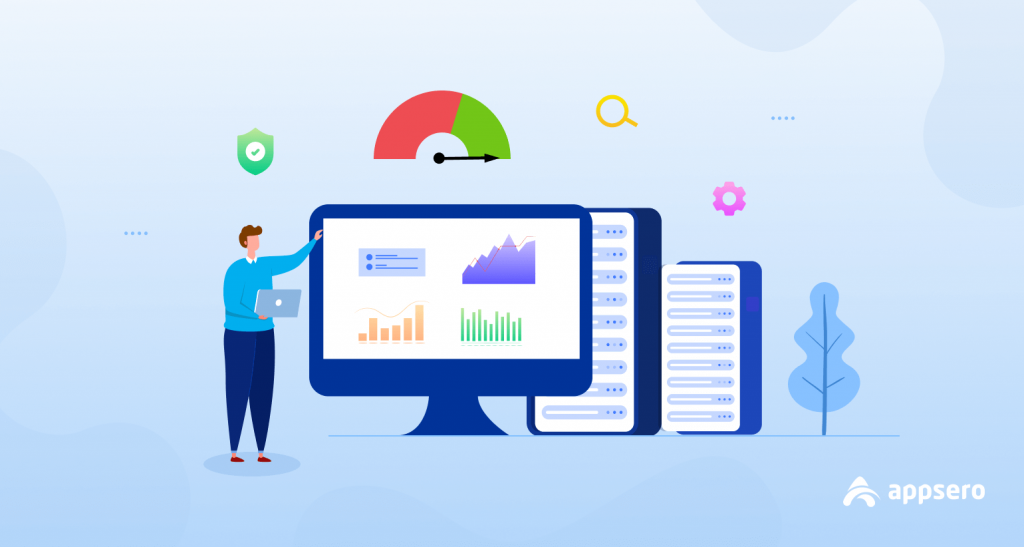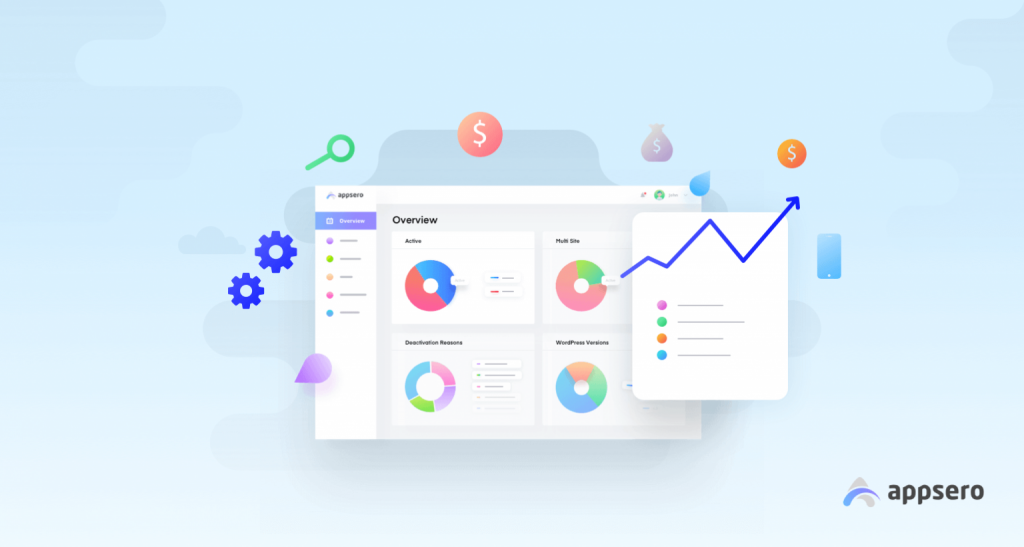
Data Management Best Practices You Should Follow
Data is everywhere, and we are heavily reliant on it in our everyday lives as individuals or organizations. And today, with the help of proper data management, you can ensure smooth access and security to your data and keep your organization ahead of the game. To do so, you must adhere to some data management best practices.
Considering your needs, we have gathered the current best practices in data management here in this article, which can make your efforts successful. We will discuss some relevant topics as well.
So stick with us until the end and don’t look back on poor data management.
Table of Contents
- What is Data Management
- Benefits of Data Management for Your Business
- 9 Data Management Best Practices
- Top Data Management Software You Can Use Right Now
- FAQ on Data Management
What is Data Management

Data management is the process of collecting, organizing, storing, and securing data of any organization so that its authorized stakeholders can use it easily and quickly.
You need to follow multiple processes and methodologies to get the maximum benefits of data management. The key processes are:
- Collection
- Organization
- Storage
- Access
- Security
- Modification or Update
Oracle says data management is the practice of collecting, keeping, and using data securely, efficiently, and cost-effectively. The goal of data management is to help organizations and their people to maximize the benefit to the organization.
Benefits of Data Management for Your Business
Data management has numerous benefits in this modern world from an organization’s point of view. The common benefits you would get are:
- Increase your organization’s efficiency and productivity
- Save time and money (spent on accessing others’ data)
- Avoid security, privacy, and copyright issues
- Easy, quick, and accurate decision-making
- A big source of revenue if you want to do data business
Now, you might be wondering how to get these benefits for your business and stay ahead of the data game. And what are the best practices for data management you should follow?
Let’s find out in the next part of the article.
9 Data Management Best Practices To Follow And Master

The best practices in data management are mostly associated with some key processes and strategies from the beginning to the end of your journey.
By following the best practices, you can turn your data into assets. The practices are:
- Define Your Business Goals
- Build a Strong File Naming and Cataloging System
- Emphasize Data Quality and Accuracy
- Focus on Data Storage
- Prioritize Data Protection and Security
- Reduce Data Duplication
- Prepare a Data Recovery Strategy
- Ensure Data Accessibility to Your Stakeholders
- Use Quality Data Management Software
We have listed down the practices chronologically, not based on priority. In the next part, we will be explaining each of the practices in detail and sharing some exclusive tips along the way. So, let’s get started.
1. Define your business goals
There must be a reason for your data management initiative. If you want to make your initiative fruitful, you will have to determine your goals before you start the journey. Therefore, it should be the first step to follow the best practices for data management.
The common goals you might have for your data management are:
- Analyze your target audience or customers
- Create a buyer persona or user profile
- Initiate or modify an automation process
- Sell, rent, or share data
- Improve the decision-making process
Perhaps your purpose is different, something unique. Whatever it is. You just need to define it first, then follow the next process. Because your next steps would depend on it.
2. Build a strong file naming and cataloging system

The success of your data management initiative largely depends on how fast and easily you can find them. File naming and cataloging play a significant role in this part.
Use standard file names and date formats, user-friendly and future-proof file systems, and organize them precisely with proper categories and tags.
For instance, to list times, the best data management practice would be to use a Unix timestamp or a standardized 24-hour notation, such as HH:MM:SS.
3. Emphasize data quality and accuracy
The point is so simple. Your data will be of little to no use if you do not collect and store quality data. So, it is one of the most crucial areas of best practices for data management.
We will recommend that you follow the tips below to ensure data quality:
- Don’t collect data that are unnecessary, incomplete, and of poor quality
- Check your data regularly for accuracy and relevance, and update if necessary
- Develop a data quality maintenance guideline and strategy
- Ensure your data is checked and cleaned before it is used
Sometimes you might need both old and new data. In that case, you can keep them both instead of updating them. But you have to do it smartly. Categorize them properly and keep an option to compare them.
4. Focus on data storage

Storage is one of the critical parts of data management that most people either overlook or don’t know what’s the right thing to do. Finalize your data storage plan based on your needs and business strategy before storing it.
The common storage locations or devices you might consider are:
- Computers
- External drives
- Cloud storage
- Network drives
- Optical storage
- Flash drives
Your data storage plan might be versatile or very brief. Whatever it is, just make sure to use fast and reliable storage options, like SSDs or UFS drives. Otherwise, it will ruin the user experience or create a bottleneck in the entire system.
5. Prioritize data protection and security
If you want to keep your data and the organization’s reputation safe, you must follow and maintain data protection and security rules and regulations. But unfortunately, it is one of the best data management practices that many businesses, including giants like Facebook, often ignore.
You shuld follow your local and some common data protection and security rules, like GDPR. At the same time, you need to build a mechanism internally to ensure security of your data.
Data protection and security should get top priority in data management if you want to maintain your organization’s operation smoothly without any legal issues. A small, minor data breach can ruin the reputation that you have gained over the years.
6. Reduce data duplication

Your organization may generate duplicate data in many ways. It is very normal in any kind of data management system. But you will have to reduce duplication or get rid of it entirely if possible. Because duplicate data leads to inaccurate analysis and business decisions.
Set up a manual or automated process that audits data regularly, finds out and removes duplicates efficiently.
Duplication reduction will also save your storage space, money, and time, helping you and your team find the right data quickly and easily.
7. Prepare a data recovery strategy
Keeping a data recovery option is important for all sorts of data management systems, even if you store data for personal purposes.
Because accidents may happen at any time. Some or even your entire data might be lost due to a technical failure or accidentally detected by someone. If you don’t have a backup, all your efforts will be lost.
Maintain a data recovery strategy or simply back up as much data as possible if you want to follow the best practices in data management properly.
8. Ensure data accessibility to your stakeholders
You have followed all the steps and practices so far. Now, it’s time to use data, letting your team members, customers, and other stakeholders access it.
If you cannot ensure easy and quick access to the data, it will not bring any benefit to your organization.
Don’t get us wrong. You need to ensure data security and privacy. But you have to provide hassle-free access to your stakeholders at the same time within the system.
9. Use a quality data management software
A quality data management solution can really change the game. Many of the data management best practices we have discussed so far can be maintained by an efficient tool.
Therefore, you should invest your money in good and appropriate data management software. If you make a wrong investment, not only will your money be lost, but also your purpose will remain unfulfilled.
Now, let’s find out what the best data management software is available at present.
Data Management Software That You Can Use to Manage Data Efficiently

You have learned the best practices for data management. Now, you need a tool or software to make your job happen.
Data management software takes care of all the important parts of the process automatically, like storing, analyzing, and syncing the data.
The key characteristics a good data management software should have are flexibility, reliability, security, performance, versatility, and inexpensiveness, and based on these, some of the top data management software are:
- Oracle Database
- IBM Db2
- SolarWinds
- Microsoft SQL Server
- SAP MaxDB
- MySQL
- Amazon Web Services
There are different types of data management software available right now. Each of them serves different purposes. The software that is suitable for your organization might not be on this list.
So, before finalizing your decision, you should list down your needs and compare them with the top-rated software. It will help you choose the perfect solution.
Read More: Importance of Data Analysis for Your Plugins
FAQs on Data Management

We have included some frequently asked questions on data management here in this part, some of which you might find interesting.
Q1: What is data governance?
Answer: Data governance is the collection of strategies, policies, and standards that ensure the effective use of information, enabling an organization to achieve its goals.
Q2: What is the difference between data governance and data management?
Answer: The key difference is that data governance involves some strategies and policies, while data management is a set of practices.
Q3: How to create a data management strategy?
Answer: The process of creating a data management strategy is:
1. Determine your business goals
2. Finalize the data source and storage option
3. Find the right technology and tools
4. Develop data governance and security policies
5. Prepare a recovery and update mechanism
Q4: What are the key data management standards?
Answer: The key data management standards are strategy, governance, standards, integration, and quality.
Follow the Best Practices and Turn Your Data Into Assets Today!
We hope our article helped you learn the best practices of data management. Now, it is time you apply what you learned in real life and turn your data into real assets.
If you have any further queries or suggestions, please feel free to let us know in the comments section below. You’ll reply to them as soon as possible.
Subscribe to our newsletter below (if you haven’t already) to get notified about more useful articles like this one. And stay connected with us on Twitter and Facebook.
Also Read: Data Science vs Software Engineering: Which One Offers Better Career Perks
Subscribe To Our Newsletter
Don’t miss any updates of our new templates and extensions
and all the astonishing offers we bring for you.
